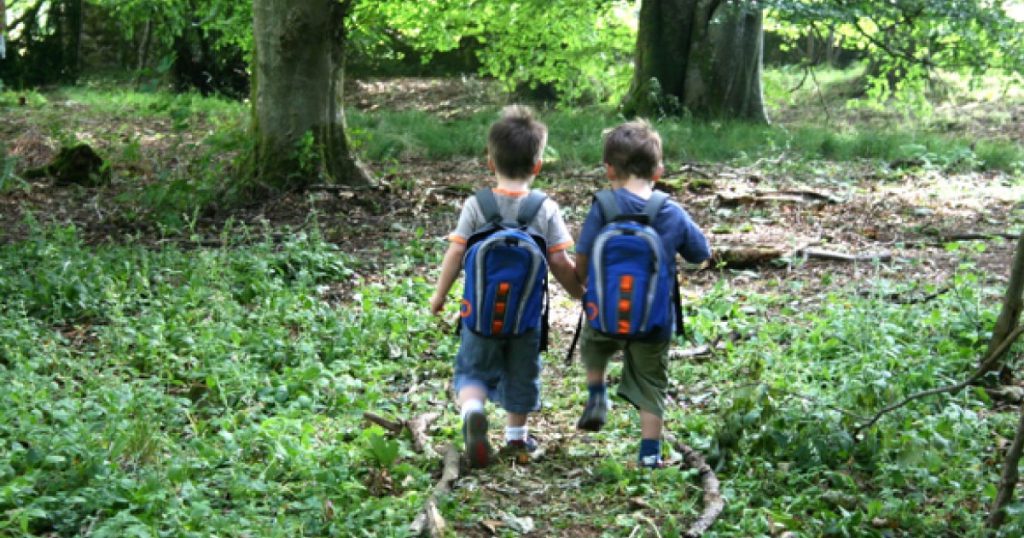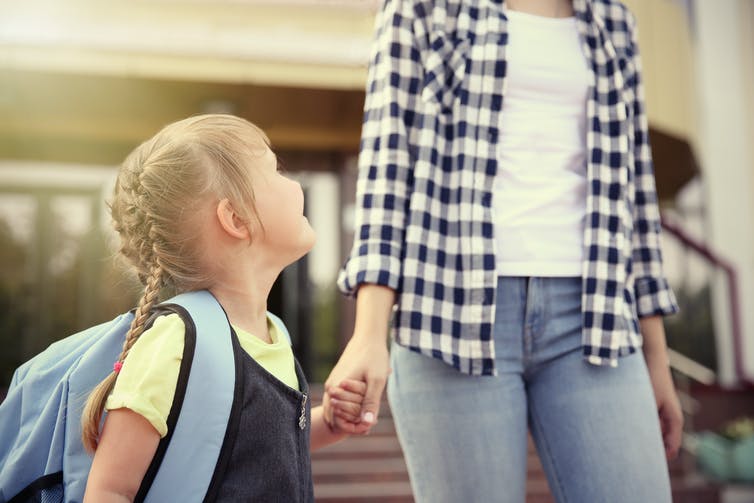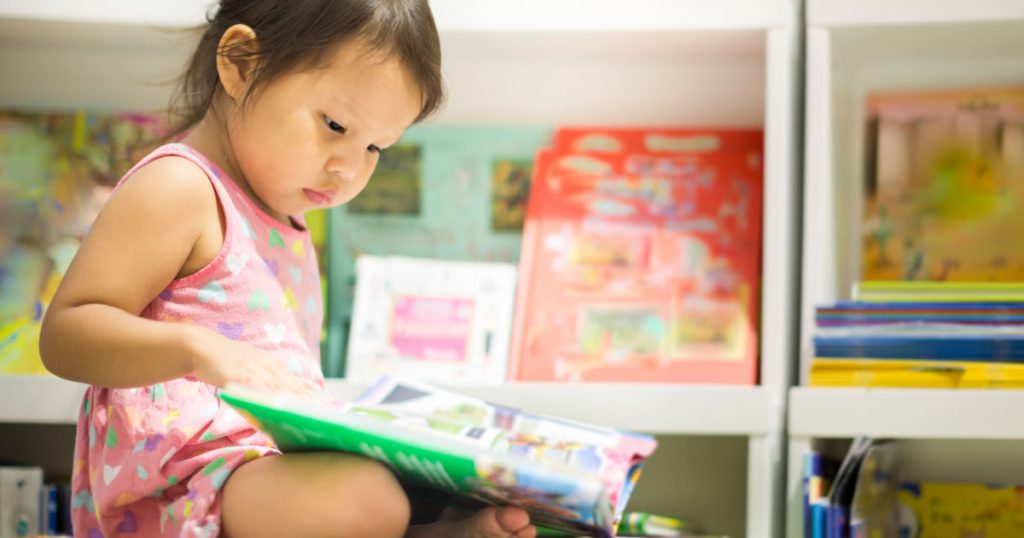
As educators, we talk about fostering a sense of belonging and identity within our services and communities—one way we do this is through the use of photo displays. Reflecting on this in relation to how we display images of ourselves, our educator teams, and the children and families within the service, I wonder what impact this has on those it is aimed at supporting and how it contributes to their sense of belonging and identity. I know personally I don’t always feel comfortable looking at photos of myself as body image issues come to the fore. For others, photos might evoke different issues or ideas.
Context in displays is important.
Historically in education and care settings, there is a strong emphasis on displays of learning and art, with many including photos of children and families within our services. These visual displays, which for the most part take place on walls, include Family trees, belonging walls, walls covered in memes, and welcome signs in various languages. These always seem to take priority at the start of the year as a way of fostering this sense of belonging for our newest cohort of children, families and educators. After 31 years in the education and care profession and of course in various roles, I still wonder about how these trends impact on families that have experienced, or are experiencing (in particular), the effects of domestic and/or family violence.
There is an old saying, ‘Nobody truly knows what happens in a relationship, except for those in it.’ How many of us could pick which of our families are experiencing trauma beyond the walls of our ‘belonging’ and ‘family walls’. For example, in New South Wales alone, one in four children are exposed to domestic and family violence—that in itself is alarming—and as a result leads to homelessness for children in our country (FACS, 2018).
Consider the mixed emotions of families and children walking into the space for several months, seeing a smiling family picture on a toddler wall, when behind household doors, that child’s life is in turmoil. Do we expect families to ask us to remove it and replace it with justification as to why?
Having ‘relationships’ with families does not mean unintentionally navigating their right to privacy. That said, I ponder what our relationships really look like, sound like and feel like for each of the different families who are part of service? Do we need to have a family tree? And what about our complex families? Those who don’t “fit the norm” or are separated by work, distance or other factors.
Is it not enough that children, families and educators observe genuine and supportive relationships everyday by coming together in a collective and respectful space? Does having photos on one wall mean you ‘belong’, when you are looking at that wall and not at the other walls? We are so diverse and have different views on what a relationship is, therefore, this is going to be different for every family, child and educator and their context/background/home life.
I am concerned by unjust societal statistics that are on the increase. I am equally concerned about the education and care sector, as there seems to be the need to reflect on traditions, norms and trends from multiple perspectives without taking authentic relationships into consideration.
As educators, we need to consider how to navigate the path of advocacy. Ultimately, we need to dig deeper, authentically and respectfully, and reflect often. There is rich learning when we open ourselves up to feel comfortable being uncomfortable for the benefit of ourselves and others.
As educators, it is crucial we foster respectful relationships with and for families, authentically valuing their sense of belonging and identity in ways they contribute to, however that may look.
ECA Recommends
The Anti-Bias Approach in Early Childhood (4th Edn.)
Edited by Dr Red Ruby Scarlet
The Anti-Bias Approach in Early Childhood, now in its 4th Edition, continues to build momentum for centring equity, tackling bias and creating beautiful ethical learning experiences and environments with and for children in the early years. This edition highlights contributions from children telling their stories about their experiences of childhood in a changing world. New to the anti-bias issues addressed is a focus on climate change and the ways children experience it as part of their worlds, working with children with intersex variations, gender diversity, and equitable learning environments beyond the classroom into cities and the bush. It is eclectic. Purchase your copy on the ECA Shop here.


